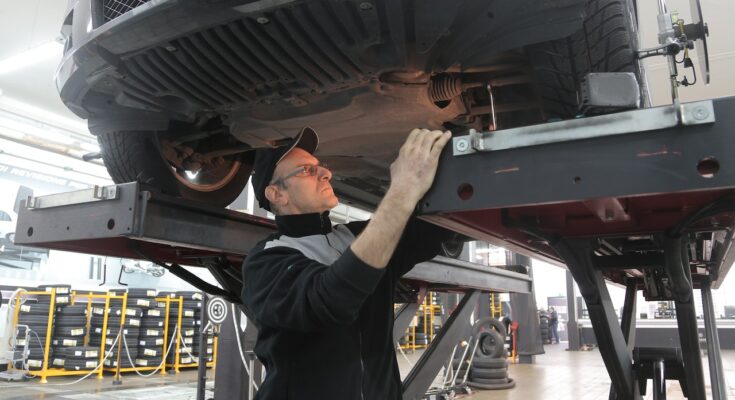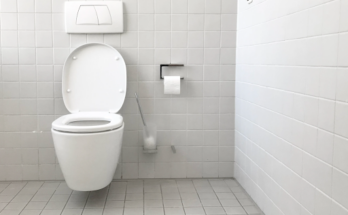If you’ve not had a car for a few years you might have been surprised on your return to car ownership to discover that the MOT test has changed quite considerably – not only are there new items on the checklist but the certificate itself looks quite different. Let us take a look at the most significant changes.
Pass or Fail?
The old MOT certificate had only two possible results for each item: pass or fail. This has been found to be inadequate for the spectrum of possible faults. The new certificate has a range of five options, of which two are fails and three are passes. In more detail, these are:
- Dangerous: Your vehicle is in a dangerously unroadworthy state and may not be driven after receiving this result. If your MOT has been completed at an MOT testing station that is not aligned with a garage, you will have to have your vehicle towed or otherwise collected by your garage so they can repair the dangerous fault, and resubmit the car for testing. This is a FAIL.
- Major: Your car has a major issue and is not considered roadworthy. You should not drive your vehicle when it has a major fault, and, as with ‘dangerous’ you should immediately take steps to have the vehicle repaired before you take it out on the road again. This is a FAIL.
- Minor: Minor faults are when your car has issues that need attention as soon as possible, but it is not a fail, so you would be able to take your car to your own garage for these small issues to be repaired. Note that ‘minor’ means that your vehicle has a problem and that repairs should be treated as something reasonably urgent to prevent them becoming even more serious and perhaps turning into a ‘major’ or ‘dangerous’ fault. This is a PASS.
- Advisory: An advisory note is when the MOT inspector can see signs of issues beginning to occur. These do not yet mean that your car is unroadworthy, and you can continue to drive your vehicle, although you are advised (hence the name) to keep checking the issue and to take steps should the indications become more pronounced that failure or damage is imminent. This is a PASS.
- Pass: The ideal result for your MOT – your vehicle is roadworthy, with no pending issues. You can continue motoring with a clear conscience.
Forty-Year Rule
For a long time, all vehicles needed to be MOTed annually, but as of 2018, cars older than forty years do not have to be taken for an MOT test. The rationale behind this is that classic cars (those forty years old and more) tend not to be on the road any more unless they belong to classic car enthusiasts who tend to look after their cars scrupulously and only drive them once or twice a year, often to attend vintage car shows. These vehicles are now exempt from the MOT test, but owners are welcome to still have the test done if they use their classic car as a commuter vehicle or if they simply want peace of mind. See Historic (classic) vehicles: MOT and vehicle tax.
New Items on the Checklist
The MOT test now includes tighter emissions checks for diesel engines with any visible smoke or any sign of tampering with the diesel particulate filter (DPF) resulting in an immediate major fail. Tyre inflation is now required to be within the manufacturer’s recommended limits so that they will work with the greatest efficiency and safety.
Finally, the UK government is thinking about extending the gap between MOT tests to two years. They are currently consulting on this and the results of their research will be released in due course. Until then, however, make sure you keep taking your cars in for annual MOTs once they reach the third anniversary of their registration date. We recommend visiting Elite Direct for the best MOT Garage in London. Their expert services and competitive rates will make you a repeat customer.




